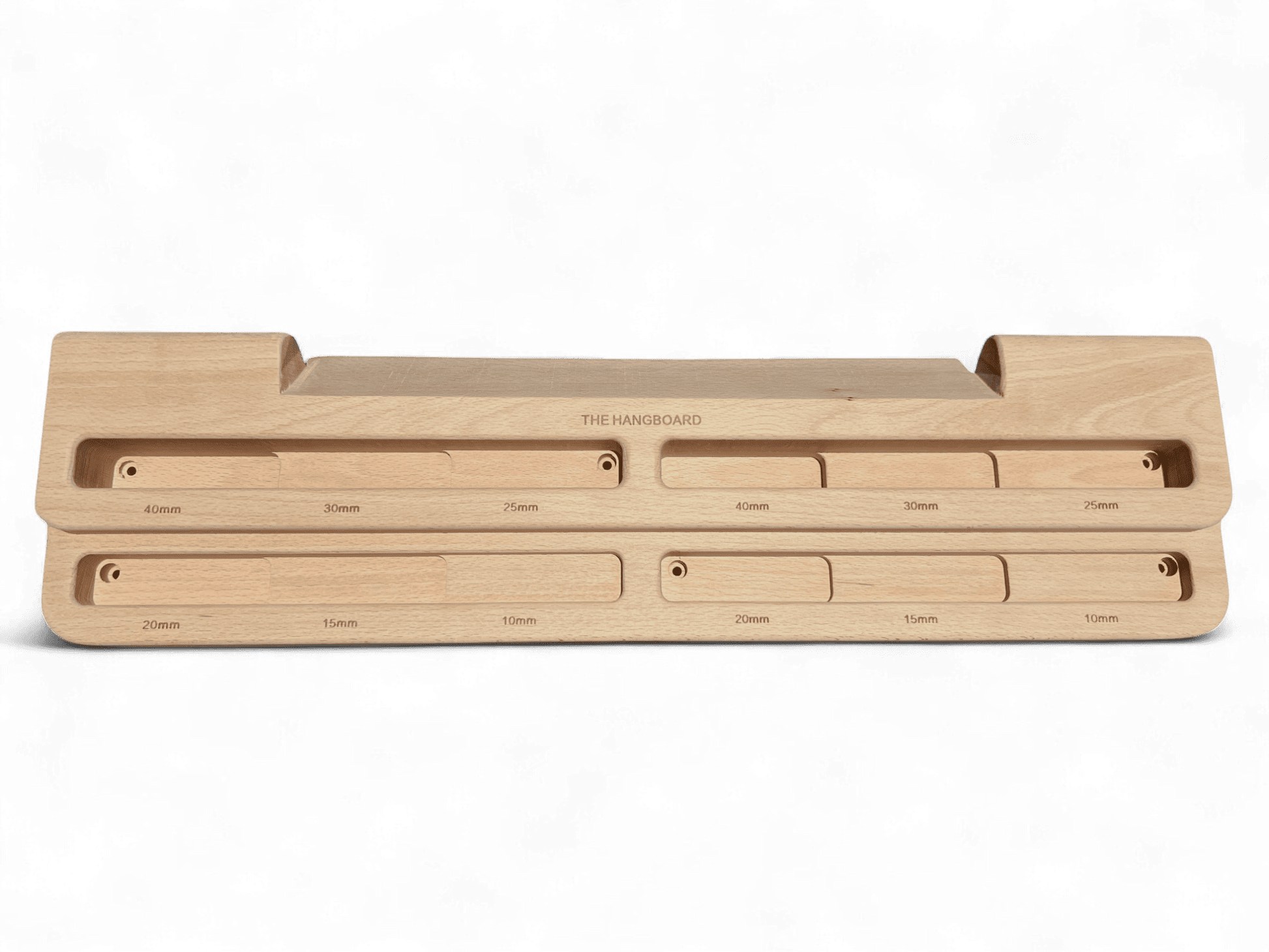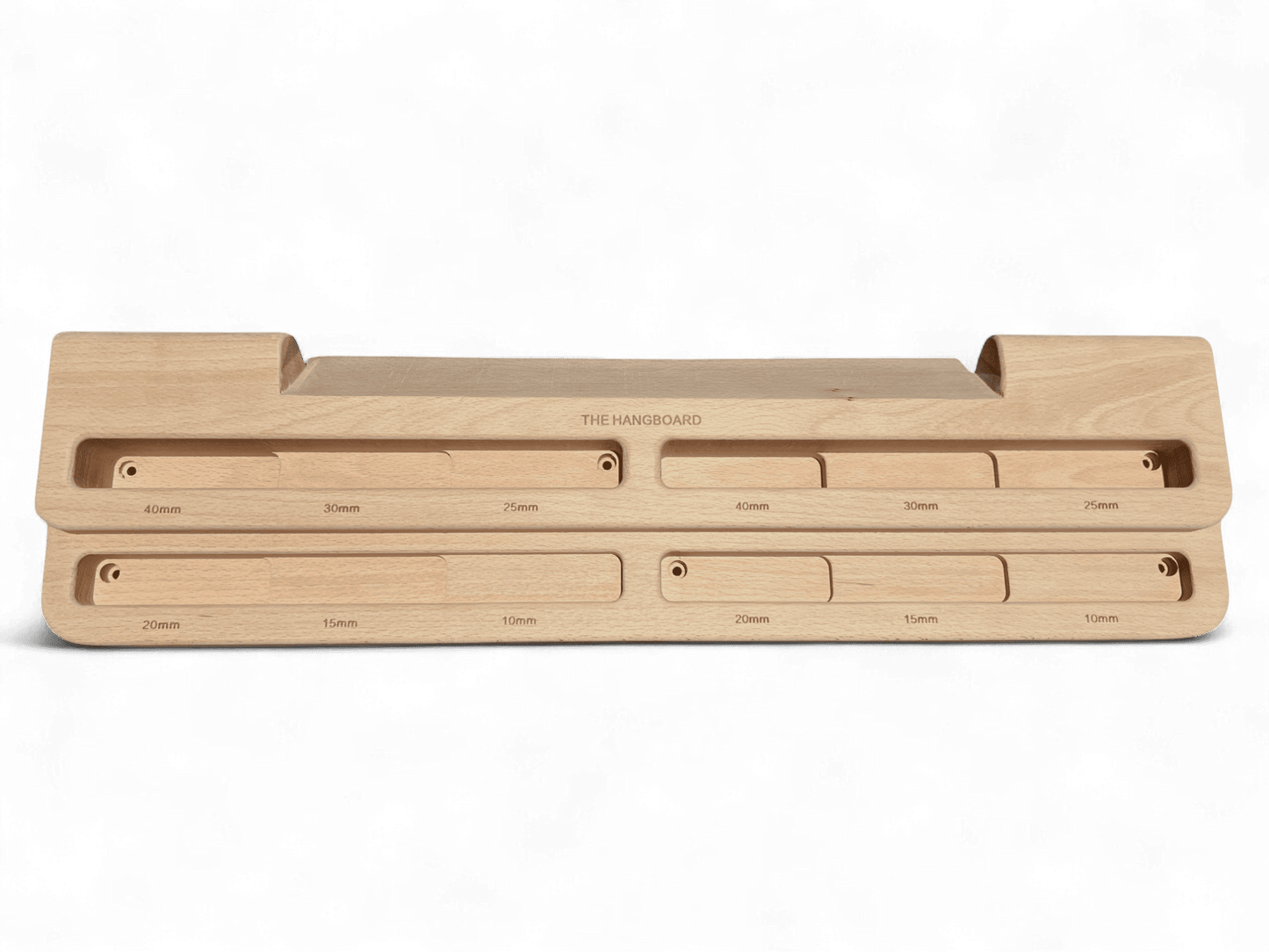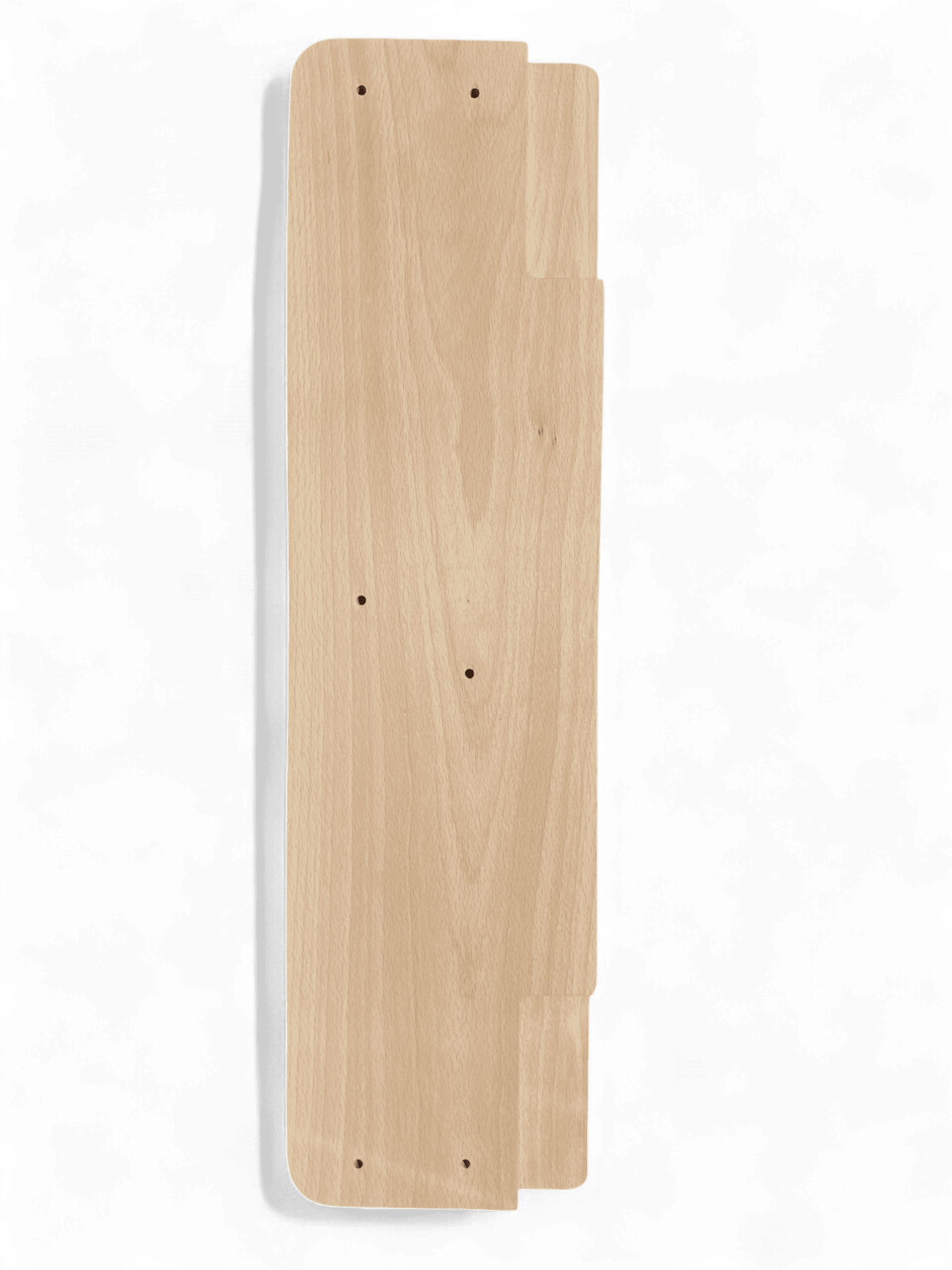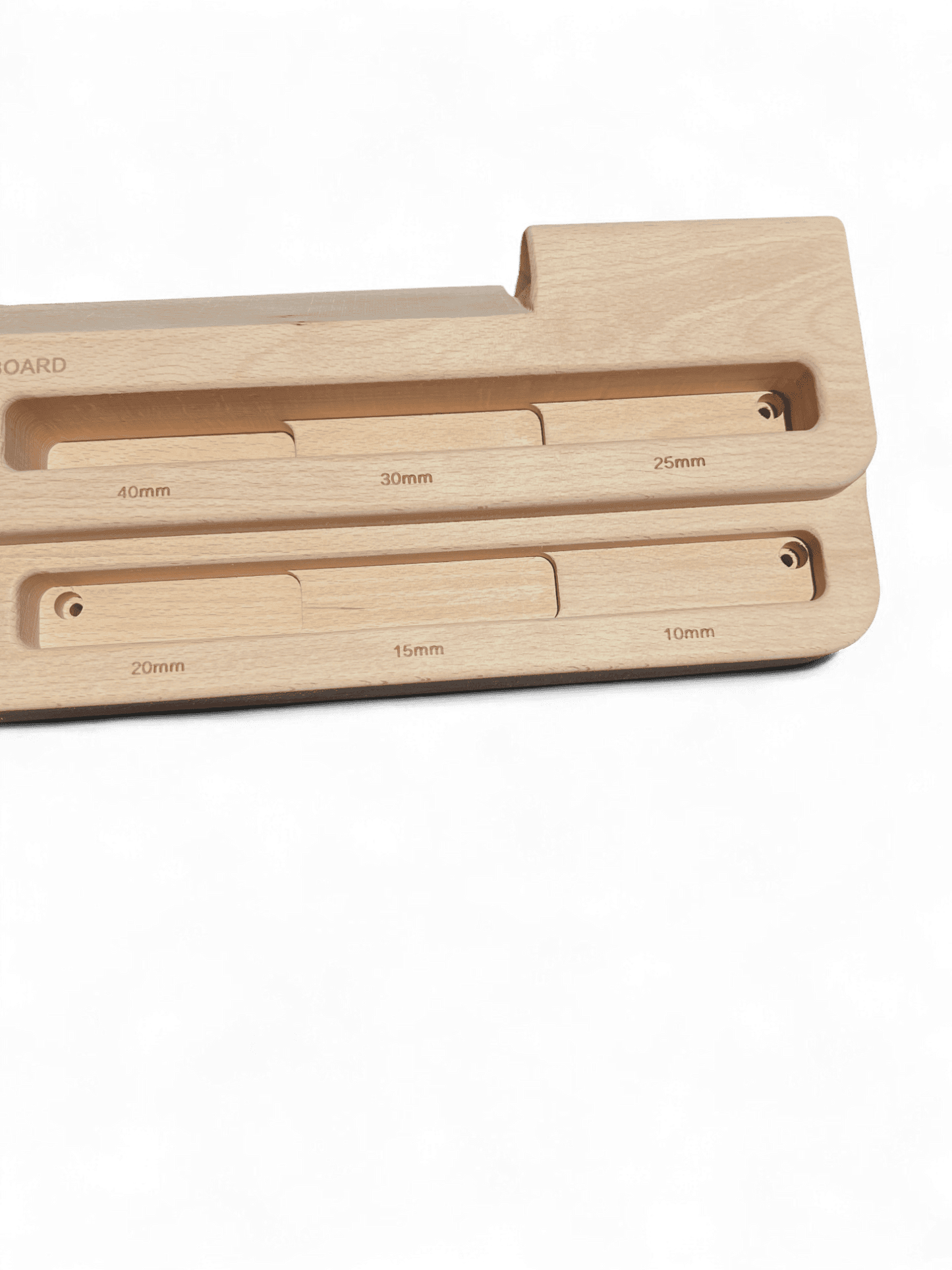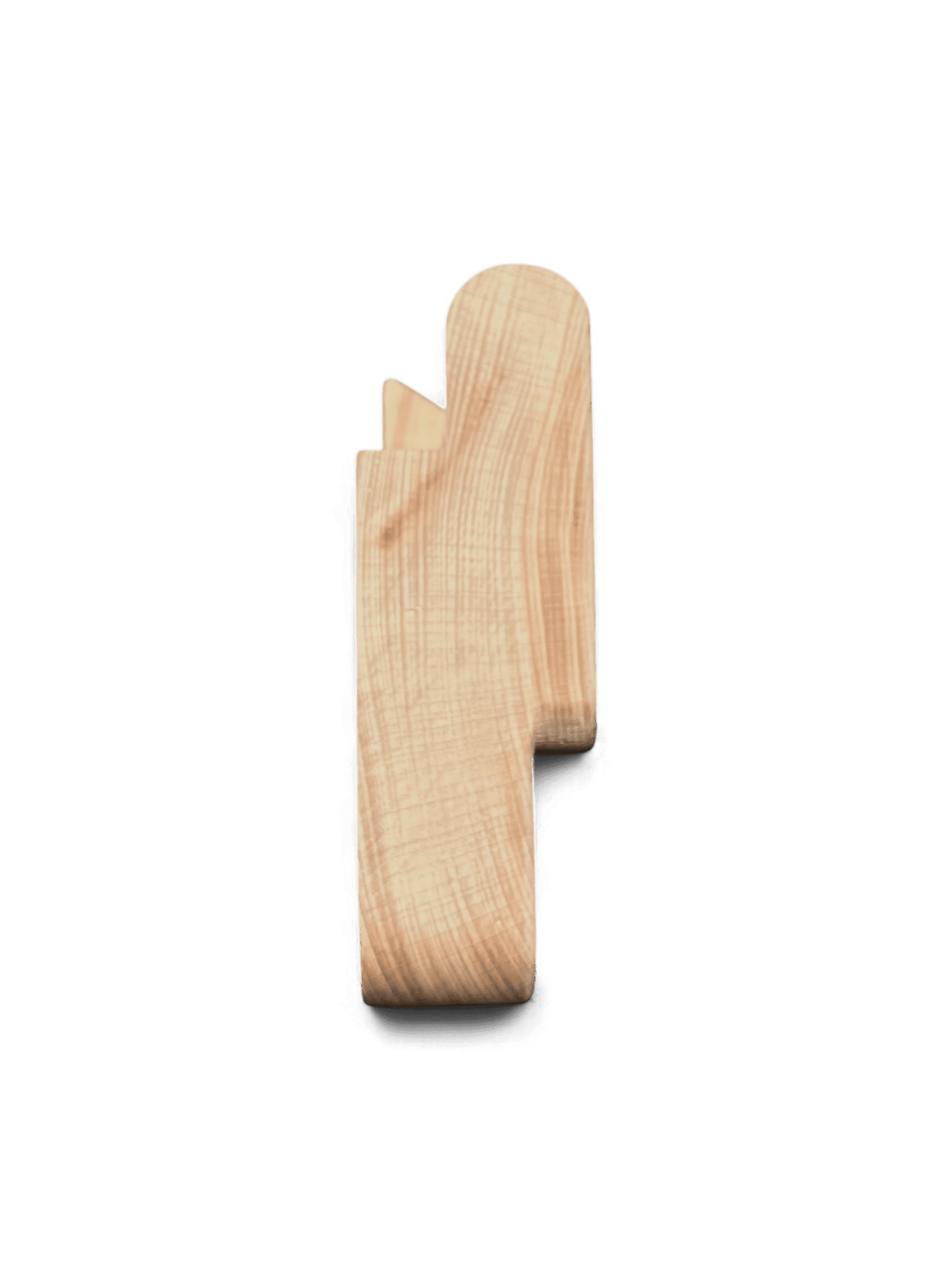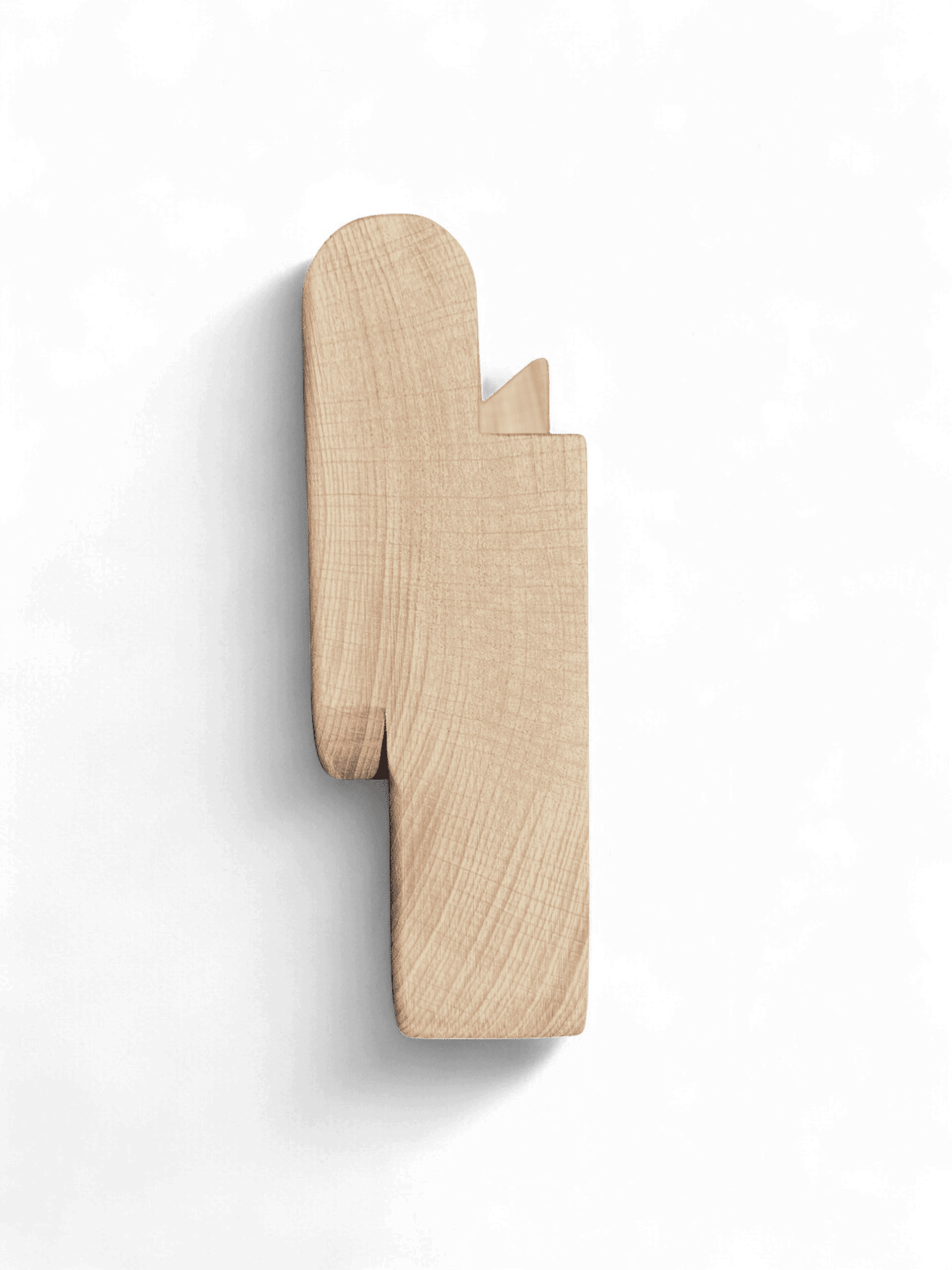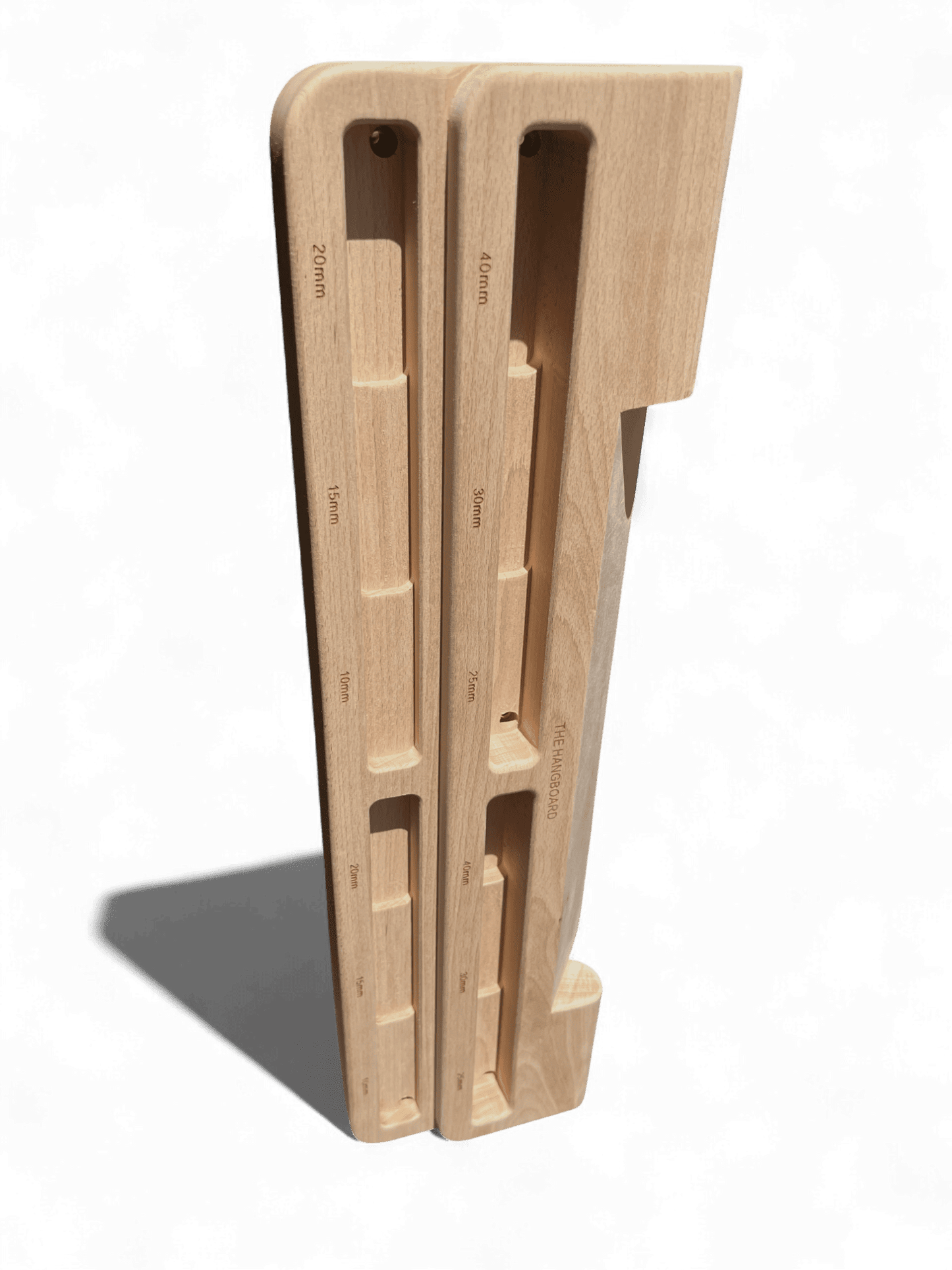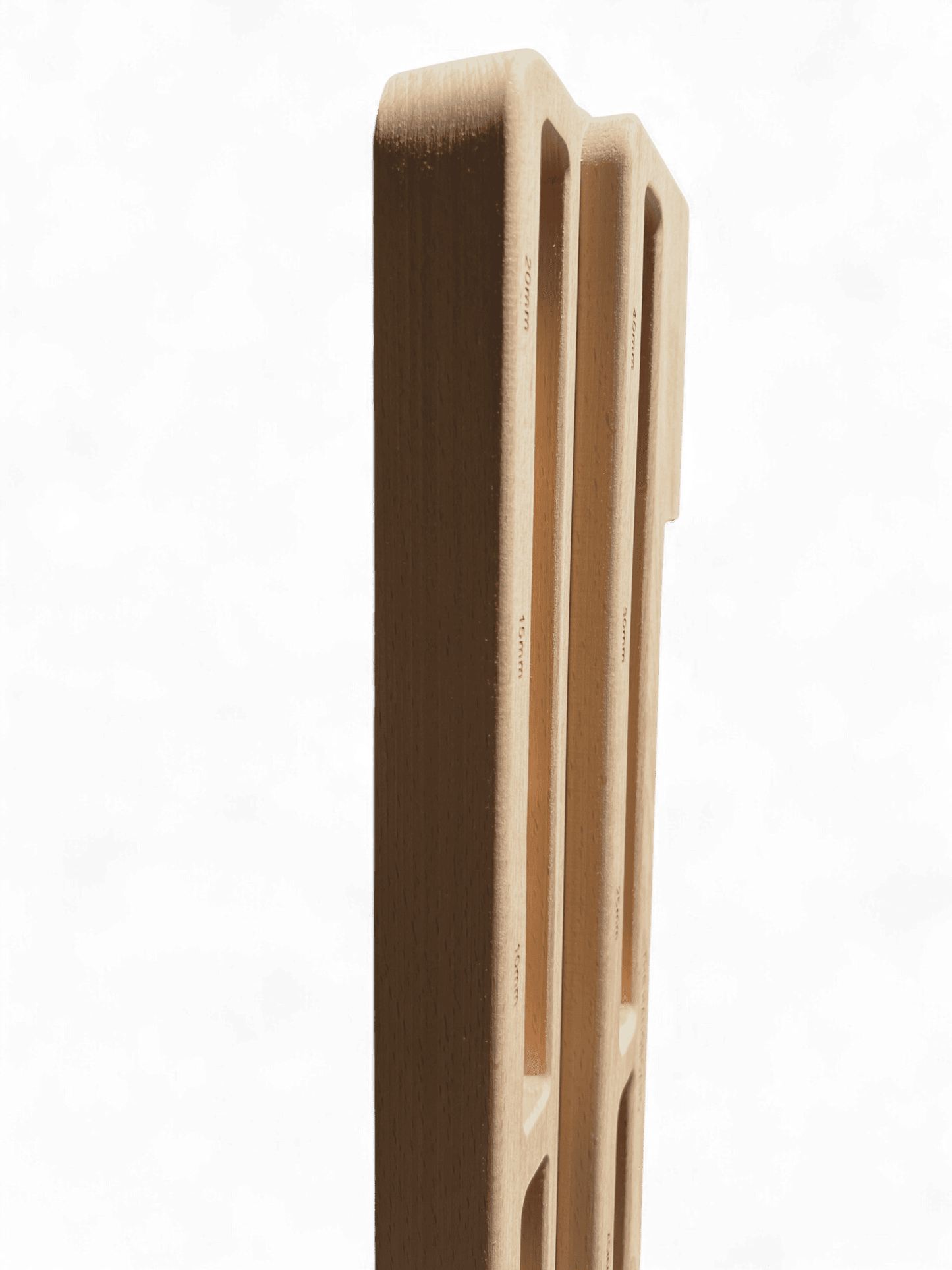Embarking on the journey to become a stronger climber is both exhilarating and challenging. Whether you're scaling your first wall or looking to conquer more demanding routes, the key to elevating your climbing prowess lies in a balanced focus on three pivotal areas: Technique, Consistency, and Strength. Excelling in one area while neglecting others is like climbing a route with one hand tied behind your back. You might be as strong as the Hulk, but without the right technique, you'll find yourself stuck. Similarly, sporadic climbing sessions won't allow you to reach your full potential. But fear not—this guide will navigate you through these foundational elements to help you climb higher and stronger.
Strength
Strength comes in many forms, and when you're just starting with climbing, the best way to build this strength is simply by climbing. It might seem obvious, but training specificity—focusing on the exact activity you want to improve—is typically the most effective approach. However, it's common to hit plateaus where it feels like technique is no longer the issue. This is a good time to assess where you might be lacking strength and start training those specific areas.
Finger Strength
The crux of many climbs often boils down to finger strength. Introducing hangboarding into your regiment can significantly enhance your grip strength. Start with basic holds and gradually progress to more challenging grips as your fingers become stronger. If using hangboards are too difficult for you or not accessible, you can get started by doing dead hangs on a regular pull-up bar. This will help build finger strength and endurance while you are on the wall.
Back Strength
The power to pull yourself up is very important. Incorporating pull-ups and rows into your training will develop the necessary back muscles for those powerful moves required on the wall.
Core Strength
A strong core is your secret weapon, especially on overhangs. Exercises like planks, leg raises, and twists will fortify your core, enabling you to maintain body tension and execute precise movements. Your core is used all the time while climbing, you need it to maintain body tension, pressing into the wall while you smear, and even when using heel and toe hooks.
Shoulder and Pressing Strength
Strong shoulders are important for stabilizing your upper body and can help execute dynamic movements. Exercises like shoulder presses, lateral raises, and push-ups will enhance your shoulder strength and pressing power. Many people use exercise bands to help develop stabilizer muscles that might be deficient and also warm up the shoulders before climbing. This strength is particularly important for mantling and pushing yourself up over ledges and holds. It is also needed i'm compression type moves and any time you find your body above holds.
Endurance
Climbing is not just about bursts of strength; it's about sustaining that strength. Practice longer climbs or engage in endurance circuits to boost your staying power.
Technique
Technique is the art of climbing efficiently. It's what separates novices from veterans. Bouldering offers a playground to experiment with tricky moves, while rope climbing teaches the finesse of navigating longer routes with grace. Focus on smooth transitions, precise footwork, and body positioning to improve your flow on the wall. Observing and climbing with seasoned climbers can offer invaluable insights into the nuances of advanced techniques.
Learning from Others
Watching and climbing with more experienced climbers can provide practical demonstrations of good technique. Try to climb with a variety of partners to see different styles and approaches.
Video Analysis
Record your climbs and analyze them to identify areas for improvement. Look for inefficient movements, hesitations, and areas where you could use better technique.

Consistency
The cornerstone of improvement in any sport is consistency. Climbing regularly not only builds muscle memory but also fortifies your tendons and muscles against the demands of the sport. If finding time to climb is a challenge, consider incorporating a hangboard into your home routine. It's an excellent way to keep your finger and back strength in peak condition. (Here, plug your product as a convenient tool for maintaining climbing fitness.)
Projecting
Setting your sights on a challenging route and methodically working towards conquering it can be incredibly rewarding. Projecting teaches persistence, refines your technique, and builds strength specific to the climb's demands. Choose a route that is just beyond your current ability and work on it over multiple sessions.
Breaking Down the Route
Divide the route into sections and practice each one until you can link them together smoothly. Focus on the crux moves and figure out the most efficient way to complete them.
Beta Work
Experiment with different techniques and sequences to find the most effective beta (the sequence of moves that works best for you). Climbing with others can help you discover new ways to approach the problem.
Climb with a Goal
Approach each climbing session with purpose. Whether it's mastering a new technique or completing a specific route, having a goal in mind focuses your efforts and accelerates your progress. Set short-term and long-term goals to keep yourself motivated and on track.
Daily Goals
Set specific objectives for each session, such as working on a particular route, improving a technique, or building endurance.
Long-Term Goals
Identify larger milestones, like achieving a certain grade or completing a particular climb. Track your progress and adjust your training as needed to stay on course.
Challenge Yourself
Stepping out of your comfort zone is essential for growth. Tackle routes that push your limits to expand your skills and build confidence. Remember, every failure is a step towards success.
Conclusion
Improving your climbing ability is a journey of balancing strength, technique, and consistency. By focusing on these foundational elements, embracing challenges, and maintaining a disciplined training regimen, you'll see remarkable improvements in your climbing. Remember, the climb to the top is both literal and metaphorical. Stay patient, stay persistent, and most importantly, enjoy the ascent.

